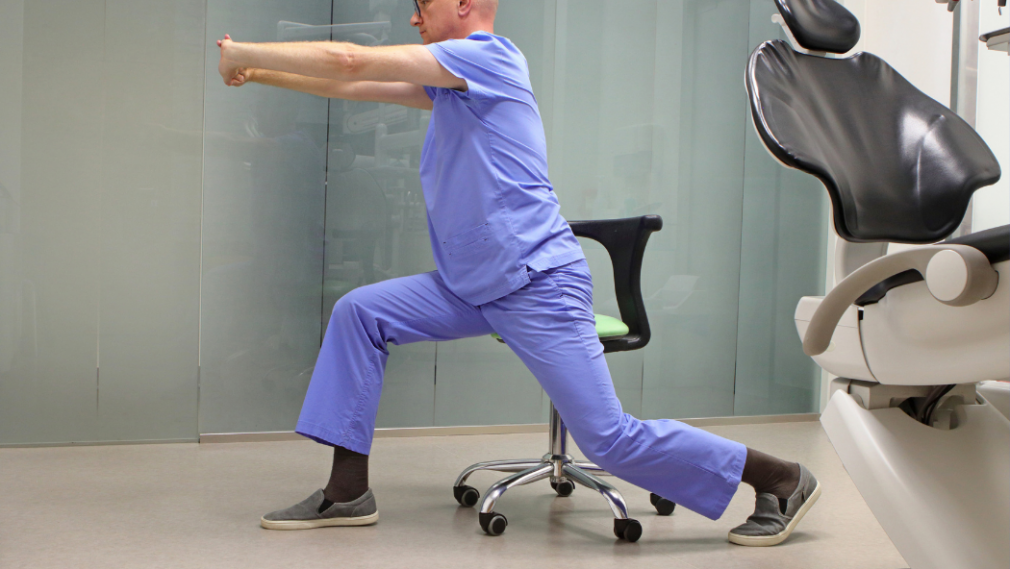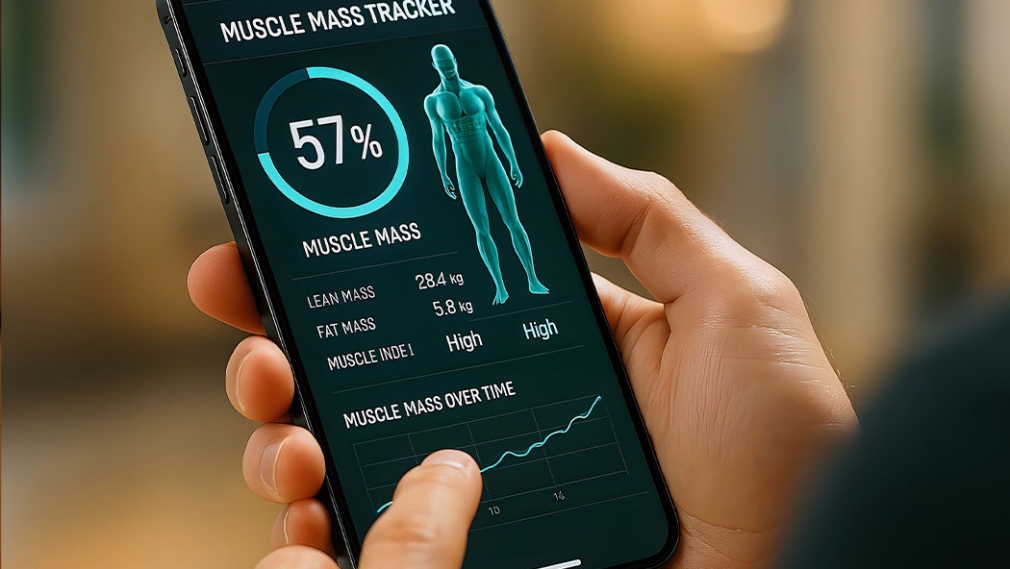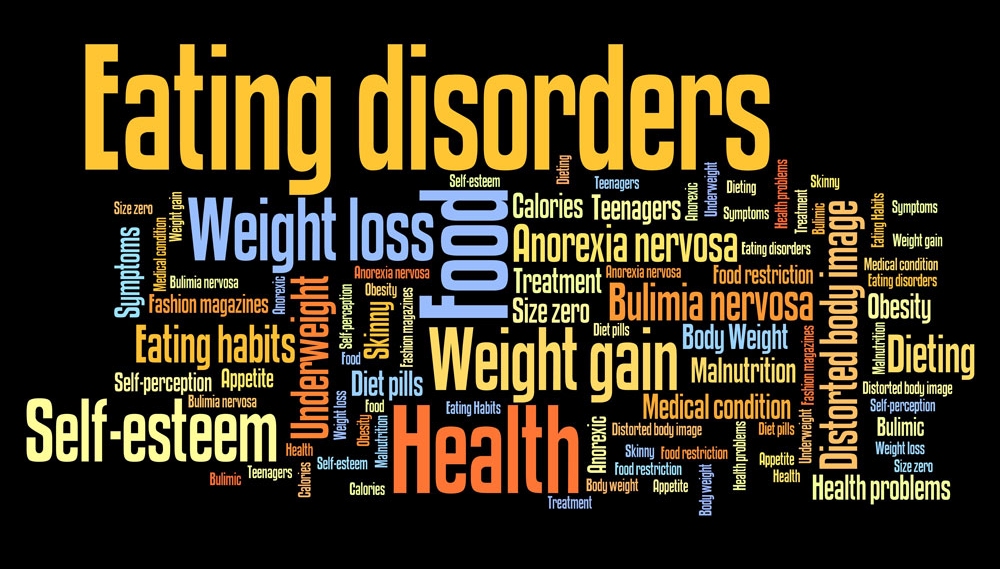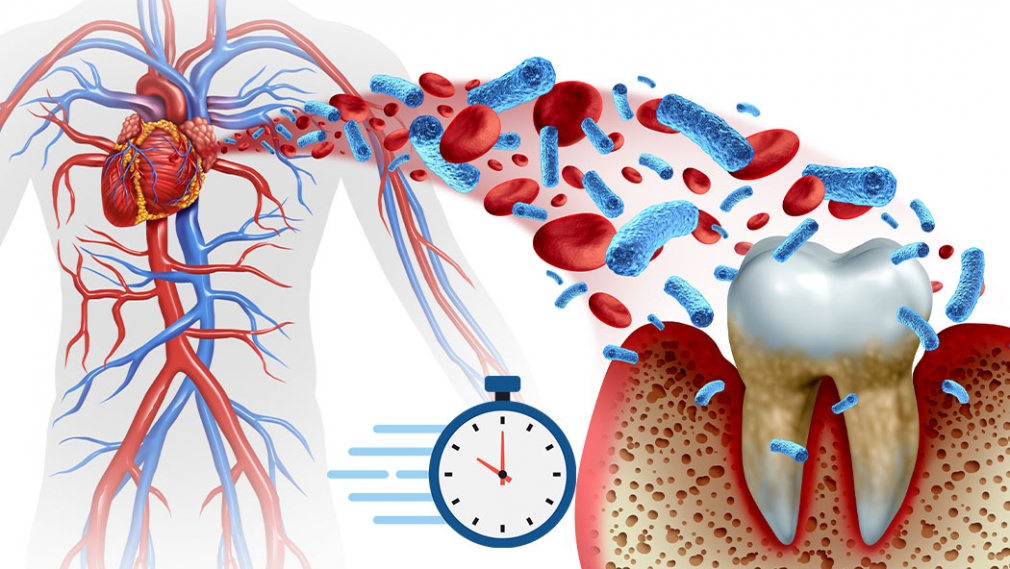
Introduction
Health literacy refers to individuals' ability to find, understand, and utilize information and services that inform health-related decisions and actions for themselves and others. Personal health literacy is affected by how clearly and effectively clinicians and organizations, such as healthcare systems, insurers,…










